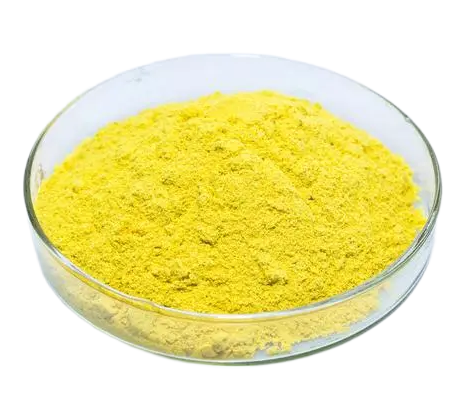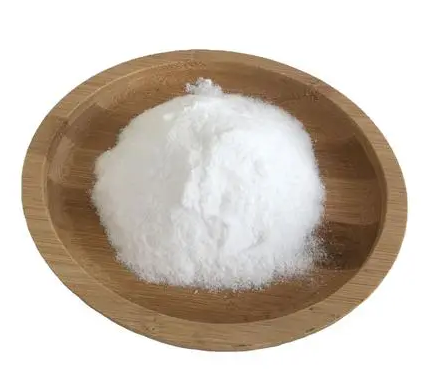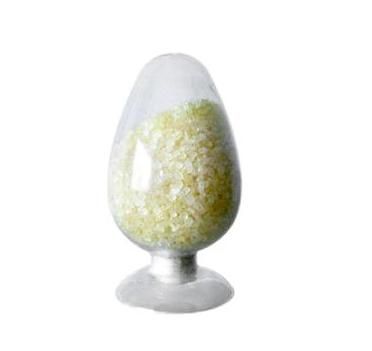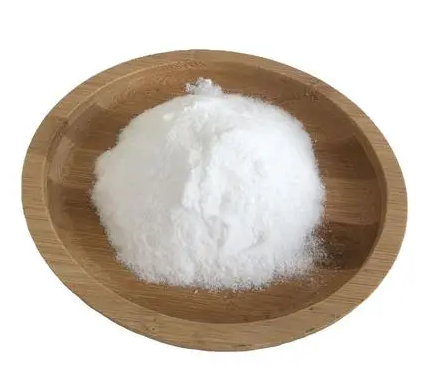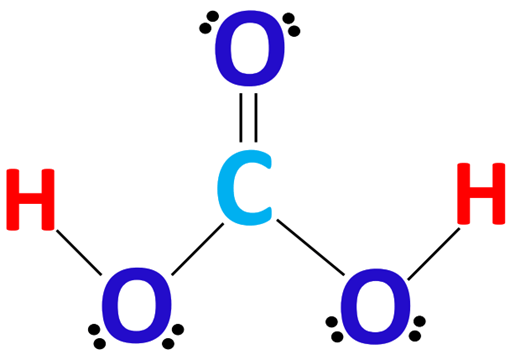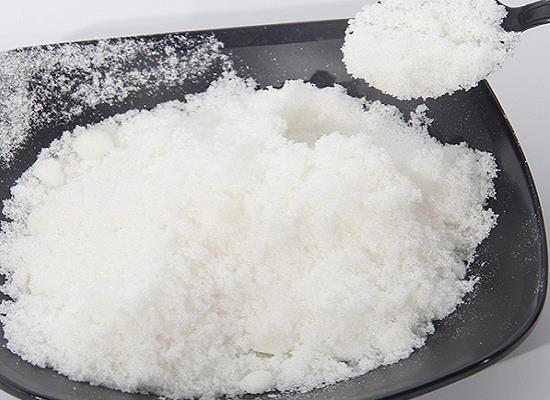Active Pharmaceutical Ingredients (API), popularly speaking, are the raw materials of medicines, only pharmaceutical raw materials are processed into pharmaceutical preparations , can they become medicines available for clinical use, so drugs we usually eat are the finished drugs through processing. Active Pharmaceutical Ingredients based on its sources can be divided into two major categories ,including chemical synthetic drugs and natural chemical drugs. Chemical synthetic drugs can be divided into organic synthetic drugs and inorganic synthetic drugs. Inorganic synthetic drugs are inorganic compounds ( very few is element), such as aluminum hydroxide, magnesium trisilicate which are used for the treatment of gastric and duodenal ulcers ; organic synthetic drugs are mainly composed of drugs made by basic organic chemical raw materials, through a series of organic chemical reactions (such as aspirin, chloramphenicol, caffeine, etc.). Natural chemical drugs ,based on its sources,can be divided into two categories including biochemical drugs and plant chemical drugs. Antibiotics are generally made by the microbial fermentation, which belongs to the biochemistry category. A variety of semi-synthetic antibiotics occurs in recent years,which are biosynthesis and chemical synthesis combining products.Among active Pharmaceutical Ingredients, the organic synthetic drugs varieties, yields and values have the largest proportion,which are the main pillars of the chemical and pharmaceutical industries. The quality of active Pharmaceutical Ingredients decides whether the formulation is good or bad , so its quality standards are very strict ,countries in the world have developed national pharmacopoeia standards and strict quality control methods for its widely used active Pharmaceutical ingredients.
In what foods and plants does Caffeic acid occur?
Caffeic acid occurs in almost all plants. Health Benefits Consumption of CA-rich foods leads to a protective effect against carcinogenesis.
Nov 23,2023 APIBerberine hydrochloride: anticancer activity and nanoparticulate delivery system
Nanoparticulate delivery system of berberine hydrochloride enhances its anticancer efficacy potential.
Nov 22,2023 APIWhat are the effects of Nicotinamide riboside supplementation on humans?
Nicotinamide riboside may play a role in reducing the inflammatory state and show some potential in treating a variety of serious diseases
Nov 22,2023 APIWhat is Phenoxyacetic acid used for?
Phenoxyacetic acid is a highly selective, broad-spectrum, low-dose, low-cost and safe herbicide.
Nov 22,2023 APISynthetic pathway of Diphenylacetonitrile
Diphenylacetonitrile was prepared to minimise exposure to the intermediate α-bromo-α-phenylacetonitrile, which is an effective lachrymator and provides 80% yield of pure diphenylacetonitrile.
Nov 22,2023 APIHow the CH2O3 lewis structure is formed
The Lewis structure of carbonic acid(CH2O3) is made up of one carbon (C) atom, three oxygen (O) atoms and two hydrogen (H) atoms.
Nov 22,2023 APIPropitocaine hydrochloride: mechanism of action, clinical applications and side effects
Propitocaine hydrochloride is a local anesthetic that blocks nerve impulses, providing temporary pain relief during various medical procedures.
Nov 22,2023 APIPicrocrocin: biological properties and benefits on human health
Picrocrocin in saffron offer potential health benefits, including antioxidant, cardioprotective, and neuropsychiatric effects.
Nov 22,2023 APICalcium thioglycolate: applications and safety
Calcium thioglycolate is used for environmental remediation and cosmetics, offering effective heavy-metal adsorption and hair removal, but requires careful handling due to potential safety concerns.
Nov 22,2023 APIChitin: source and biomedical applications
Chitin's versatile properties show promise in advancing treatment options in neurological, musculoskeletal, cardiovascular, and hematological diseases.
Nov 22,2023 API




